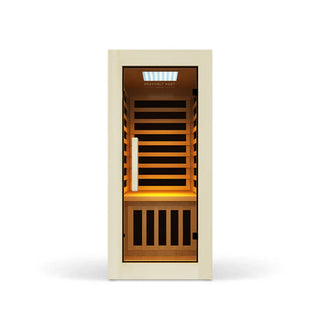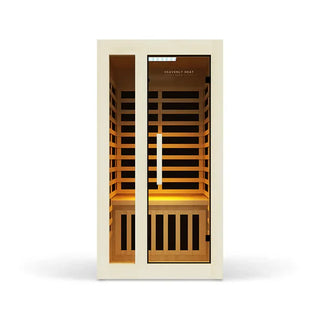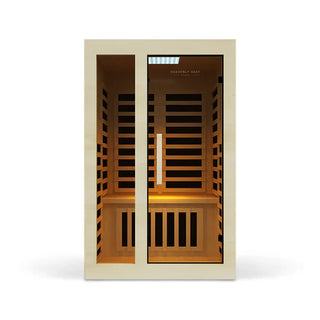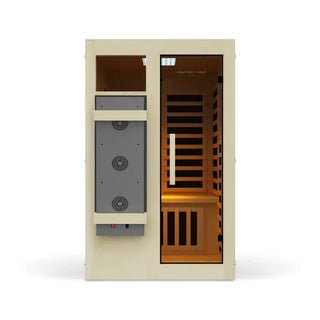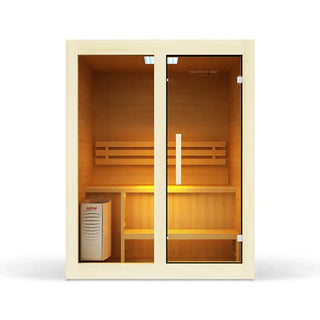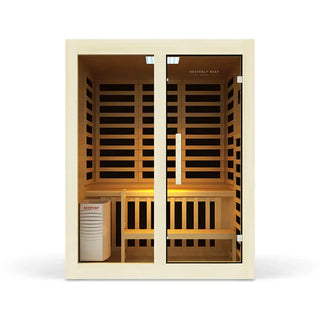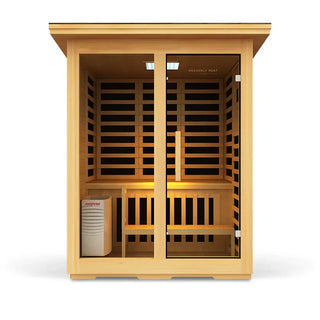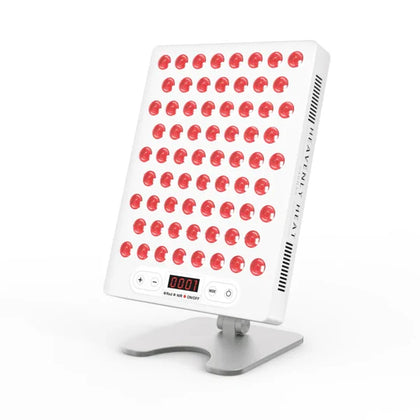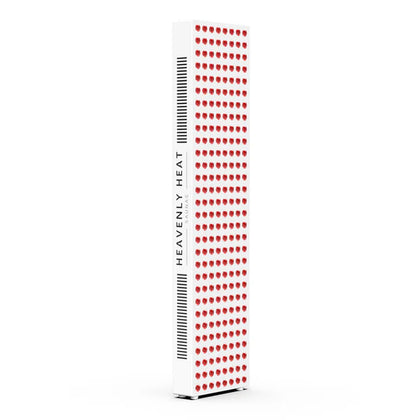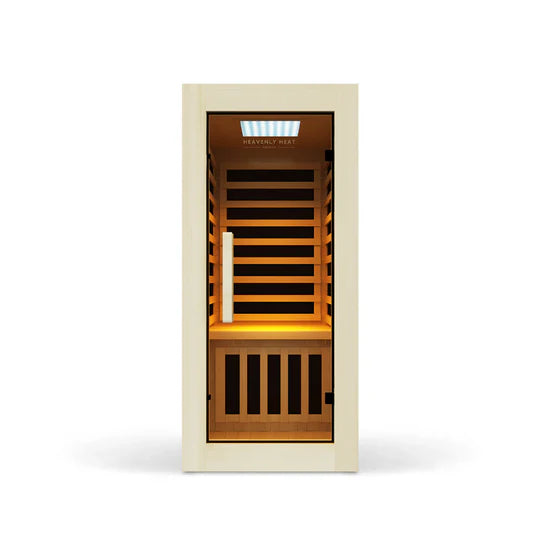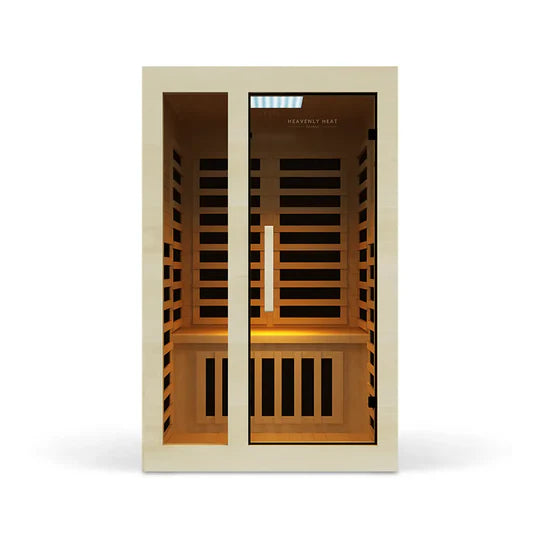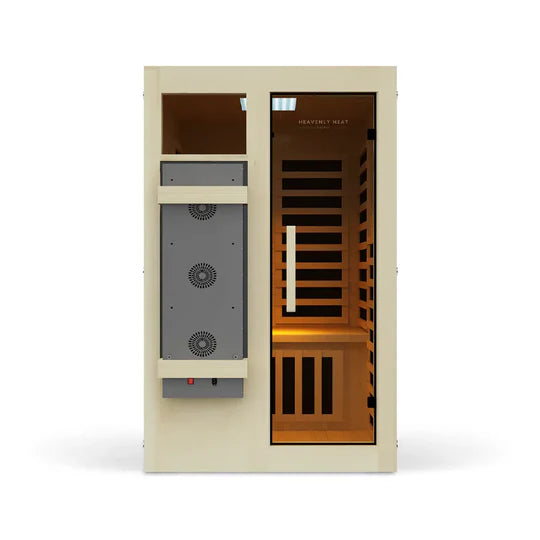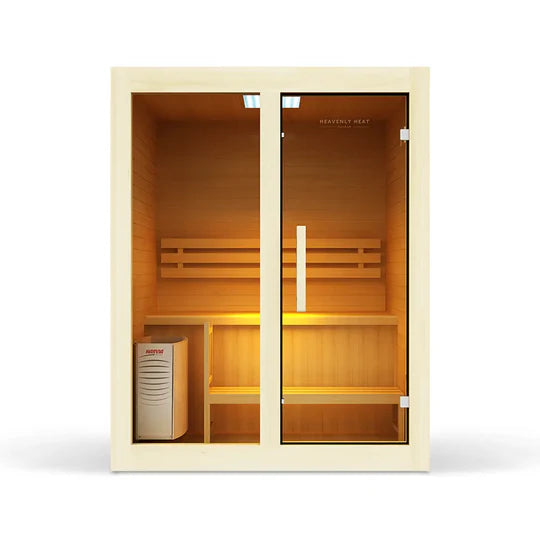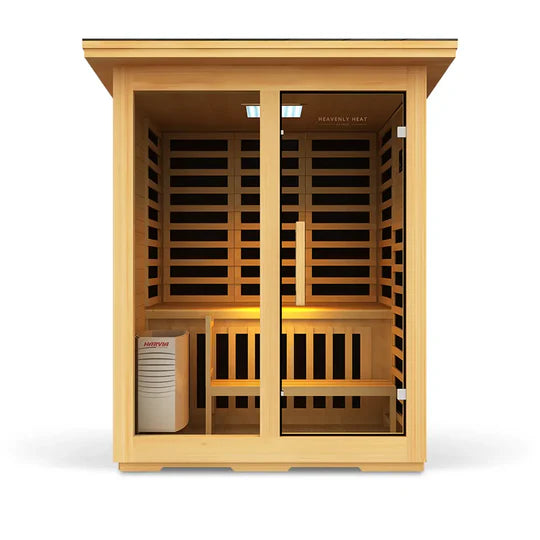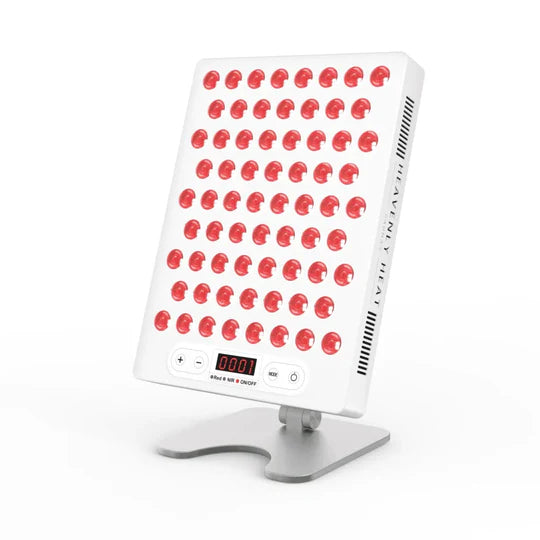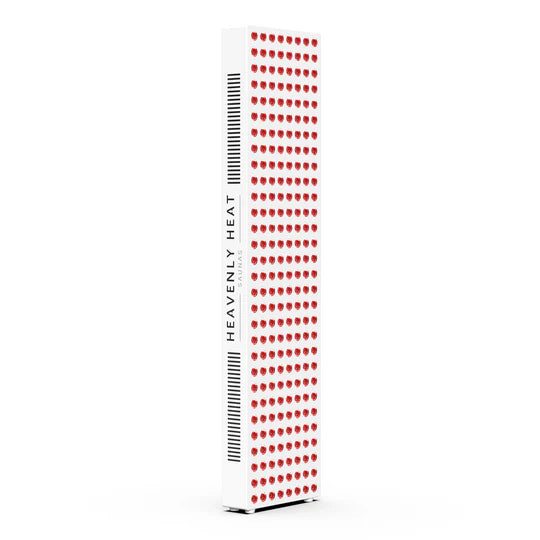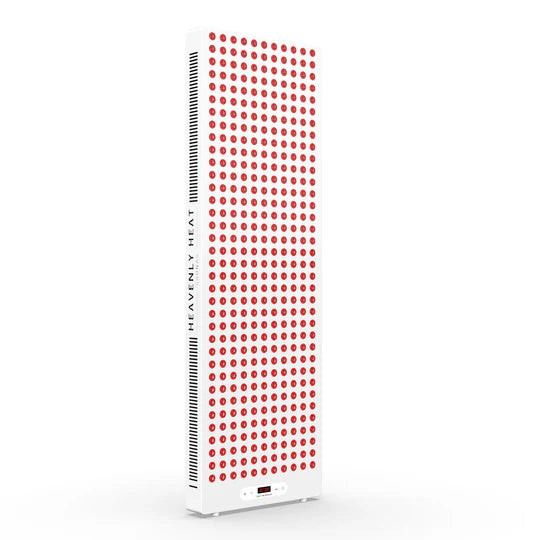Is it Good to go in The Sauna After Lifting Weights?

Thinking about hitting the sauna after lifting weights? It can be a great way to relax and recover, but there are a few things to consider.
While saunas can speed up muscle recovery, hydration and timing matter. Let’s dive into the benefits, potential risks, and tips for using the sauna safely after your workout.
Key Takeaways
Wait 10–15 Minutes Post-Workout: Let your body cool down before entering the sauna.
Hydrate Well: Drink water before and after your sauna session to prevent dehydration.
Use Sauna to Support Recovery: Improve circulation, ease soreness, and relax muscles.
Limit Your Session: Stick to 15–20 minutes to avoid overheating and fatigue.
Match Sauna Use to Workout Intensity: Shorten sauna time after especially hard training.

Is Sauna Use Safe After Weightlifting?
- Most people can use a sauna after lifting without problems: If you’re healthy, using the sauna after your workout is usually safe and can even feel great. For most people, there’s no serious risk.
- People with heart problems need to be extra careful: If you have high blood pressure or any heart condition, saunas can be risky. The heat puts more pressure on your heart, so talk to your doctor first.
- The heat from a sauna adds more work for your heart: Even though saunas have health benefits, they increase your heart rate. This added stress isn’t good for everyone, especially if your heart isn’t strong.
- If you’re new to saunas, start slow and see how you feel: Not everyone reacts the same way to heat. Try a short session first, and stop if you feel lightheaded or uncomfortable.
- Drinking water before and after is very important: You sweat a lot in a sauna. If you don’t drink water, you could get dizzy or feel sick. Stay hydrated to feel better and stay safe.
- Pay attention to your body and don’t ignore warning signs: If something feels off, like dizziness, nausea, or discomfort, it’s your body’s way of saying stop. Always listen to it.
Benefits of Sauna After Lifting
Faster Muscle Recovery and Reduced Post-Workout Soreness with Sauna Use
- The heat from the sauna sends more blood to your muscles: The warmth boosts circulation, which means more oxygen and nutrients are delivered to your tired muscles. This helps them heal faster after a tough workout.
- Sauna helps your body clear out waste that causes soreness: Using a sauna helps flush out things like lactic acid that build up when you lift. Getting rid of these wastes makes you feel less sore and tight the next day.
- Stretching after the sauna helps your muscles relax and recover: Your muscles are warm and loose after the sauna, which makes stretching easier and more effective. This kind of stretching reduces tightness and helps you recover better.
- Gentle movement after the sauna keeps your blood flowing: If you add light movement or stretching after the sauna, it keeps your muscles active and your blood moving. That supports faster healing compared to just lying still.

Boosted Circulation for Enhanced Nutrient Delivery and Muscle Repair
Heat causes blood vessels to expand, allowing nutrients like amino acids and glucose to reach muscles more effectively. This helps accelerate repair and restoration after workouts.
Increased Joint Flexibility and Mobility Through Sauna Heat Therapy
Sauna heat relaxes muscles and soft tissue, helping reduce stiffness and improve joint mobility. For best results, wait 10–15 minutes after lifting to let your body stabilize before entering.
Stress Relief and Mental Clarity for Better Focus After Workouts
- Feeling good after the sauna makes it easier to clear your mind: The heat stimulates the release of mood-boosting chemicals like endorphins and serotonin, reducing stress and tension to help you mentally recover after a demanding workout.
- Less pain in the body means less stress in the mind: Endorphins, natural pain-relieving hormones released during stress, help elevate mood and ease discomfort, supporting a calm and focused mind after lifting.
- Better blood flow helps you relax and reset faster: Improved circulation from the sauna works together with these mood boosters to ease anxiety and reduce signs of burnout, making it easier to recover both physically and mentally.
Growth Hormone and Endorphin Production Boosted by Sauna Sessions
Sauna sessions of 15–20 minutes may increase growth hormone levels, which support muscle repair and development.
While not a substitute for training and diet, saunas enhance the body's recovery environment.
Detoxify Your Body by Sweating Out Toxins in the Sauna
Sweating in the sauna helps eliminate some toxins and reduces inflammation, which may help your body feel less fatigued post-workout.
It also improves circulation, so more oxygen and nutrients reach tired muscles, helping them heal faster and feel less sore.
Improve Sleep Quality After Evening Workouts with Sauna Relaxation
The calming heat of a sauna can help ease you into better rest, particularly after evening training sessions. It helps transition the body into recovery mode and supports restorative sleep.
Should You Sauna Immediately After Your Workout or Wait?
- Wait 10–15 Minutes After Lifting: It’s best to wait 10–15 minutes after lifting before using the sauna. This gives your body time to cool down and adjust.
- Rehydrate and Calm Your Nervous System: Use this time to rehydrate and allow your nervous system to shift from high-intensity effort to a calmer state.
- Avoid Sauna Right After Exercise to Prevent Overheating: Jumping into the sauna immediately after exercise can increase the risk of heat exhaustion or stroke. Your body is already stressed, and too much heat can make things worse.
- A Short Break Makes the Sauna Safer and More Effective: Taking a brief rest before heading to the sauna helps reduce strain on your body, making the session more effective and safer.
Common Mistakes to Avoid Post-Lifting Sauna Sessions
Avoid Entering the Sauna Too Soon After Lifting to Prevent Muscle Fatigue
Jumping into the sauna immediately after lifting can overstress your body. Give yourself at least 10–15 minutes to cool down.
Always Hydrate Before and After Sauna Sessions to Prevent Dehydration and Fatigue
- Hydrate Properly Before and After Sauna: To avoid dehydration, it’s important to hydrate properly before and after your sauna session. Drinking 16–20 ounces of water beforehand helps prepare your body for the fluid loss that occurs during the heat.
- Replenish Electrolytes for Better Recovery: Since you lose not only water but also essential minerals through sweating, it’s key to replenish electrolytes. Drinks with added electrolytes help your body recover more effectively, keeping you energized and balanced.
Limit Sauna Time to Avoid Overheating and Excessive Strain on Your Body
Keep your sauna session between 15–20 minutes. Spending too much time in the heat can lead to overheating, dehydration, and strain on your cardiovascular system, especially after intense lifting sessions.
Most research recommends limiting sauna time to 20 minutes; staying longer lacks sufficient evidence to support its benefits and increases the risk of overheating.
Never Use the Sauna on an Empty or Overfull Stomach for Comfort
- Don’t Enter the Sauna on an Empty Stomach: Going into the sauna hungry can make you feel lightheaded due to low blood sugar. This can disrupt your experience and make it uncomfortable.
- Wait at Least Two Hours After Eating: After a big meal, your body needs time to digest. It’s best to wait two hours before hitting the sauna to avoid discomfort or nausea.
- Light Snacks Help Maintain Steady Energy: If you’re slightly hungry before your sauna session, opt for a light snack like fresh fruits or a small handful of nuts. These foods provide energy without making you feel too full.
Ensure Proper Cooling and Recovery After the Sauna to Aid Muscle Recovery
Once your session ends, spend 5–10 minutes gently cooling down. Walking around, stretching, or sitting in a cool area helps your body transition back to normal and supports muscle recovery.
Match Sauna Intensity with Workout Intensity to Prevent Overtraining and Injury Risk
If your workout was especially intense, keep your sauna session short to avoid overtraining. Overusing the sauna after a hard lift can strain your body further and slow down your recovery process.

FAQs
Can Sauna Use After Weightlifting Affect Muscle Growth?
Yes. While the sauna doesn’t build muscle directly, it helps you train more consistently by reducing soreness and improving recovery, which supports long-term muscle growth.
How Does Sauna Impact Your Post-Workout Hydration Needs?
A 15–20 minute sauna session can lead to heavy sweating and fluid loss. Replace this with water and electrolytes to keep performance and recovery on track.
Can Sauna Therapy Help Prevent Overtraining or Injury During Weightlifting?
Yes. Regular sauna use helps your muscles relax and stay limber, which may lower the risk of cramps and strain from overuse.
Does the Timing of Sauna Influence Its Effectiveness for Muscle Repair?
Absolutely. Using it shortly after lifting, once your heart rate has settled, maximizes the recovery benefits, including blood flow and muscle repair.


